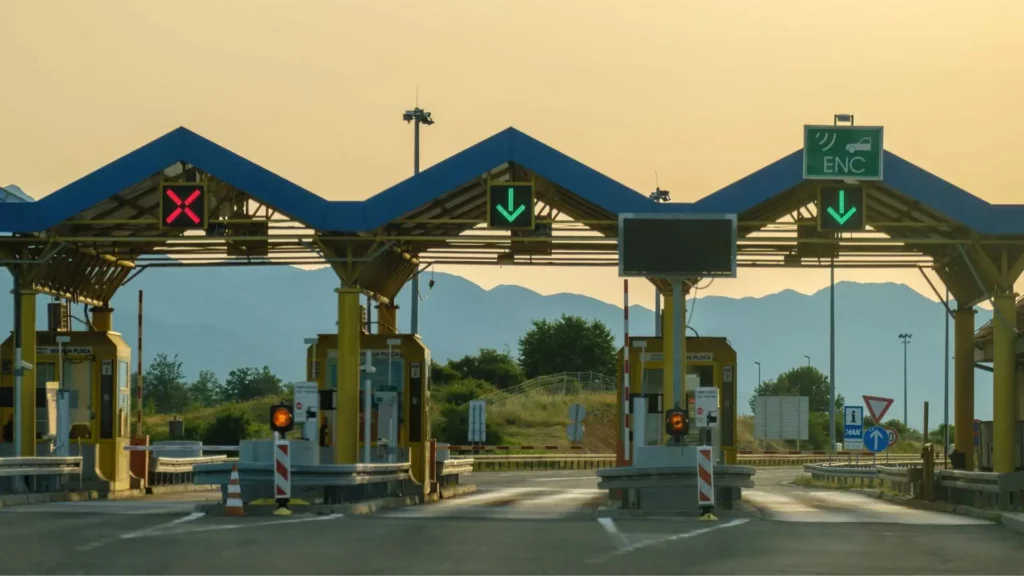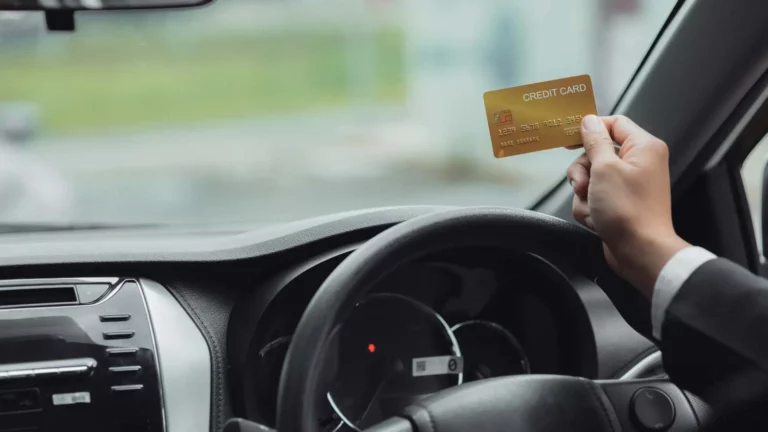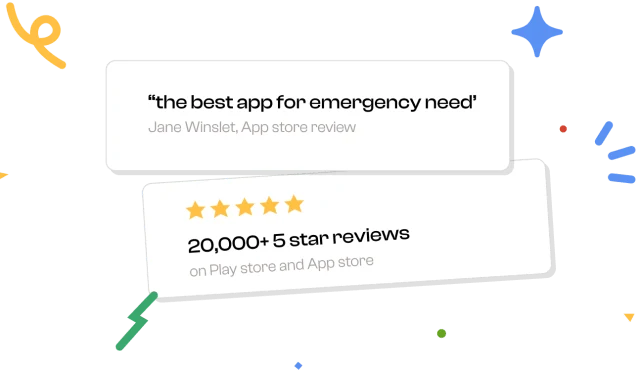Table of Contents
Paying tolls is crucial for every American traveling in the US. Not all states have tolls, but 38 have toll roads. So, knowing the payment process and charges is key to a good driving experience.
Toll roads offer quicker routes but can be expensive. In 2023, drivers charged toll fees for 206.6 miles of bridges and tunnels they traveled, as per Statista. Thus, you should prepare for tolls to avoid overpaying. With the right information, they can save time and money.
Whether paying with cash, E-ZPass, or a rental car, knowing each option will make traveling less challenging. This guide helps you navigate tolls and prepares you for road fees. Read on for payment options and tips for a hassle-free journey.
Different toll systems in the US
As toll collection is state legislated, the US has its various toll systems in accordance with each state aimed to decongest roadway traffic and construct more infrastructure. They fall into three categories: barrier tolls, ticket systems, and electronic toll collection (ETC).
Barrier tolls work by forcing drivers to stop at a toll booth and pay a certain amount. Ticket systems charge based on distance. Drivers get a ticket when entering and pay when leaving. ETC, like E-ZPass in the Northeast, allows for electronic payments without stopping. Video tolling is another tool system. This involves using cameras that record license plates and sending out bills.
Cash Payments: What You Need to Know
In the US, some toll roads still accept cash, but this is rare now. Electronic tolling is taking over. Cash is usually paid at toll booths, either to an operator or a machine. It’s wise to carry small bills or coins since change for big notes is often not given.
Yet, cash use is dropping, especially in states with systems like E-ZPass or FasTrak. These states favor electronic payments. Not paying electronically can lead to extra fees or fines.
To avoid issues, check if the toll roads you plan to use accept cash. Some are entirely cashless, needing payments via transponders or license plate billing. While having some cash is good, planning for electronic tolls makes highway travel smoother.
Using transponders and toll tags
There are shared toll tag devices for the cashless road, some of the common ones are E-ZPass, SunPass, and FasTrak. They automatically deduct tolls from a prepaid account.
With transponders, drivers skip toll booths and the need to stop. They’re great for frequent travelers, offering discounts. Each area has its system, but many work together. This means one device can be used in different states.
Credit and Debit Card Payments
Many US toll roads let you pay with credit or debit cards, but not all do. Typically, toll booths with card readers accept direct payments. However, some still prefer cash or electronic devices.
In cashless zones, drivers can link their cards to an online account. This setup automatically charges tolls when passing through. It makes travel easier and avoids stopping for payments. Major networks like E-ZPass, FasTrak, and SunPass support this.
Read: Prepaid Debit Card – Benefits
License Plate Billing and Video Tolls
In cashless toll areas, license plate billing and video tolls are common. Cameras capture a vehicle’s plate at tolls, billing the owner later. This system is typical on toll roads favoring electronic payments without a transponder.
Drivers can pay video tolls online or by mail after receiving a bill. However, paying by license plate often incurs extra fees. These fees are higher than using a transponder or prepaid account.

Prepaid Toll Accounts and Apps
Prepaid toll accounts and apps offer travelers a simple way to manage tolls. Users load funds in advance. These are then deducted automatically at toll plazas. Popular options include E-ZPass, SunPass, and FasTrak. Each serves different US regions with its own toll roads and bridges.
Drivers can link their vehicles’ license plates to these systems.
Apps provide real-time toll tracking, balance alerts, and easy management. They also allow users to add funds, ensuring enough balance for tolls. They often offer discounts, making them cost-effective for regular drivers.
Tips for Avoiding Toll Violations
A toll violation carries a criminal liability and can impose a fine or civil penalty. So, it’s vital to know how to avoid them.
Understand the toll system: Before your trip, learn about local tolls. Know payment options like cash, transponders, and video systems to avoid unexpected fees.
Check Your Transponder: Ensure your transponder is registered and funded. Incorrect or empty transponders lead to violations.
Plan Toll-Free Routes: Use GPS or apps to avoid toll roads. This saves money and prevents accidental violations.
How Beem Can Help You Manage Toll Expenses
Toll payments can strain your travel budget, especially on long trips. Beem offers a simple solution. It provides cash advances for unexpected costs, including tolls.
Using Beem helps you avoid the stress of running out of money. It ensures timely toll payments. Beem also makes managing your travel budget easier which keeps your trip smooth. Download the app here.
Conclusion
Making toll payments in the United States is very easy. Use of cash, credit card, transponder, or video toll is acceptable. By staying informed and choosing the right methods, you can enjoy your trip. This way, you avoid toll violations and surprise fees.
Beem offers extra support for unexpected toll costs. Try Beem, the best smart wallet app to help you stay on top of your finances! Send and receive money, get help with emergency funds, take out personal loans, and more!
FAQs on How to Pay for Tolls When Traveling
How do I pay tolls with cash?
Some tolls can still be paid in cash but these are now really uncommon, so be on the lookout for cash booths. It is advisable to carry small change notes. Some booths won’t give change for large bills. Also, check if your routes accept cash.
What is a transponder and how does it work?
Transponders are tiny devices that attach to your car’s windshield. They communicate with toll points to automatically deduct fees from a prepaid account.
Can I use a credit card to pay for tolls?
Yes! Some tools accept credit cards. So, check in advance. Some states also allow online payments with a credit card after crossing a toll.






























